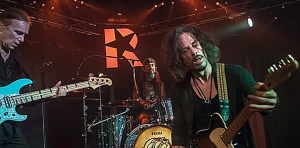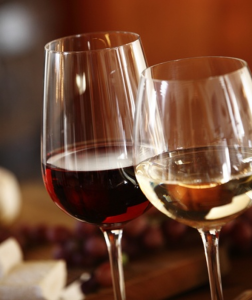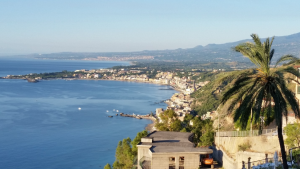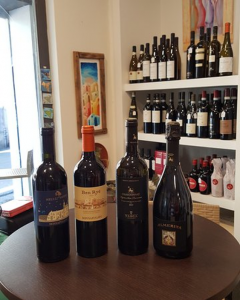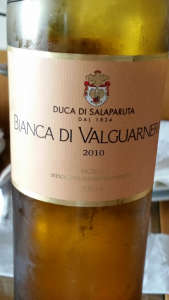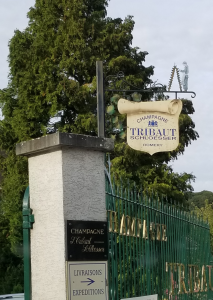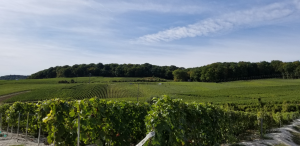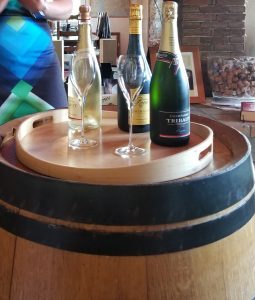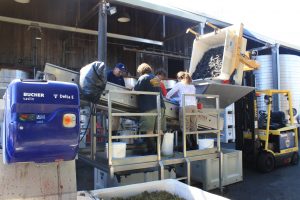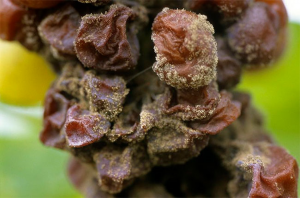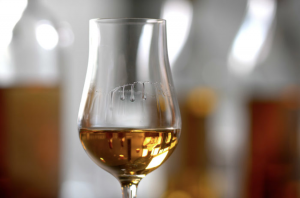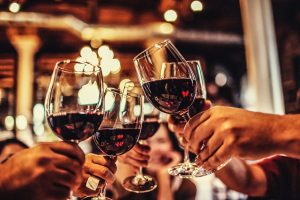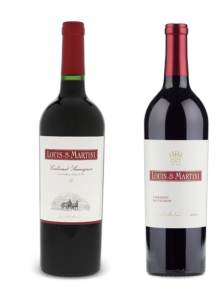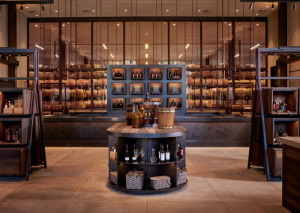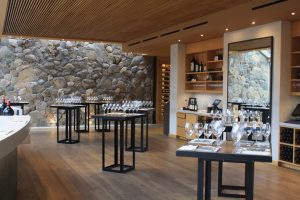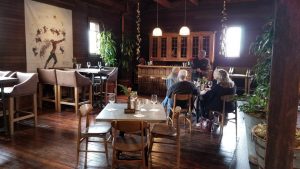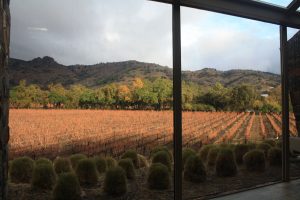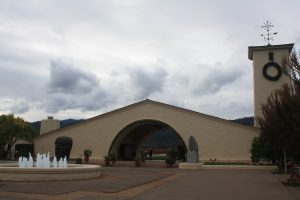This article is the first of what will be an irregular series on how the atmosphere at a winery and its tasting room influences the wine tasting experience, your appreciation of the wines, and the impressions you keep when you look back on your visit and the wines you tried. We may overstate the case occasionally to make a point, but our thoughts on the subject are drawn from years of experience.
There are sectors of Wine Country where the reason to go seems more to party down than to gain an understanding of the products made there. Some of these are in up-and-coming areas that attract a lot of young people. In that regard, Santa Barbara’s Funk Zone and many Long Island wineries, both especially on the weekends, come to mind. But we have come across this same atmosphere in older, more established regions, such as Napa Valley, as well.
Long Island’s Winery Dogs. Photo courtesy of CrypticRock.
What are the hallmarks of a party winery? The most prominent seems to be rock or rap music, played very loud. On Long Island’s North Fork, there are quite a few wineries that feature live bands on the weekend. And they’re not top tier either; more likely they’re the local bar band.
Another clue is pizza by the pool. There are some wineries that have pizza ovens on premises and others that let a pizza truck pull up outside. We have nothing against either pizza or swimming pools. In fact, we like both very much. But not with a glass of Cabernet Sauvignon, which may cost more than $100 a bottle, in our hands and with the noise around us.
And that’s the point: No company that’s serious about its product should cheapen its brand. The wines appropriate for a party atmosphere are light, fruity and refreshing. They are in the league of what you might expect to drink in a bar where the choice is only red or white. We all drink them from time to time, but we wouldn’t make a special trip to try them. For those who do, the objective is the party, not the wine.
It saddens us when we come across wineries that make high-quality wines (at top prices) that act more like hosts than winemakers. As we understand it, they think it helps them to differentiate themselves in a crowded tourist market. But as a representative of Long Island’s Pellegrini Vineyards told us, “No one stands out if they all do it. We’d prefer to differentiate ourselves on our wine.”
If you are interested in discovering great wine and instead you discover that a party has broken out, there are several things you can do. One would be to get back in the car and go elsewhere, but then you might miss some fine wines. But are you really missing them if you can’t enjoy them as they deserve? We submit that great wine just doesn’t taste the same when there is extraneous distraction all around.
Perhaps there are some quiet corners of a tasting room where you can sip your wine in peace. That does work, but it is likely that service will be slower, because the personnel are taking care of the party crowd.
Another tactic is to avoid visiting on weekends, which isn’t a bad idea on its own merits. Many of the wineries only get the party going then, so peace and quiet prevail the rest of the week. In some cases, even on weekdays the music is loud and the pizza is available, but the partiers aren’t there so it’s not as bad.
We assure you that if you do visit one of these party palaces, it will be the party you remember years from now, not the wine.
